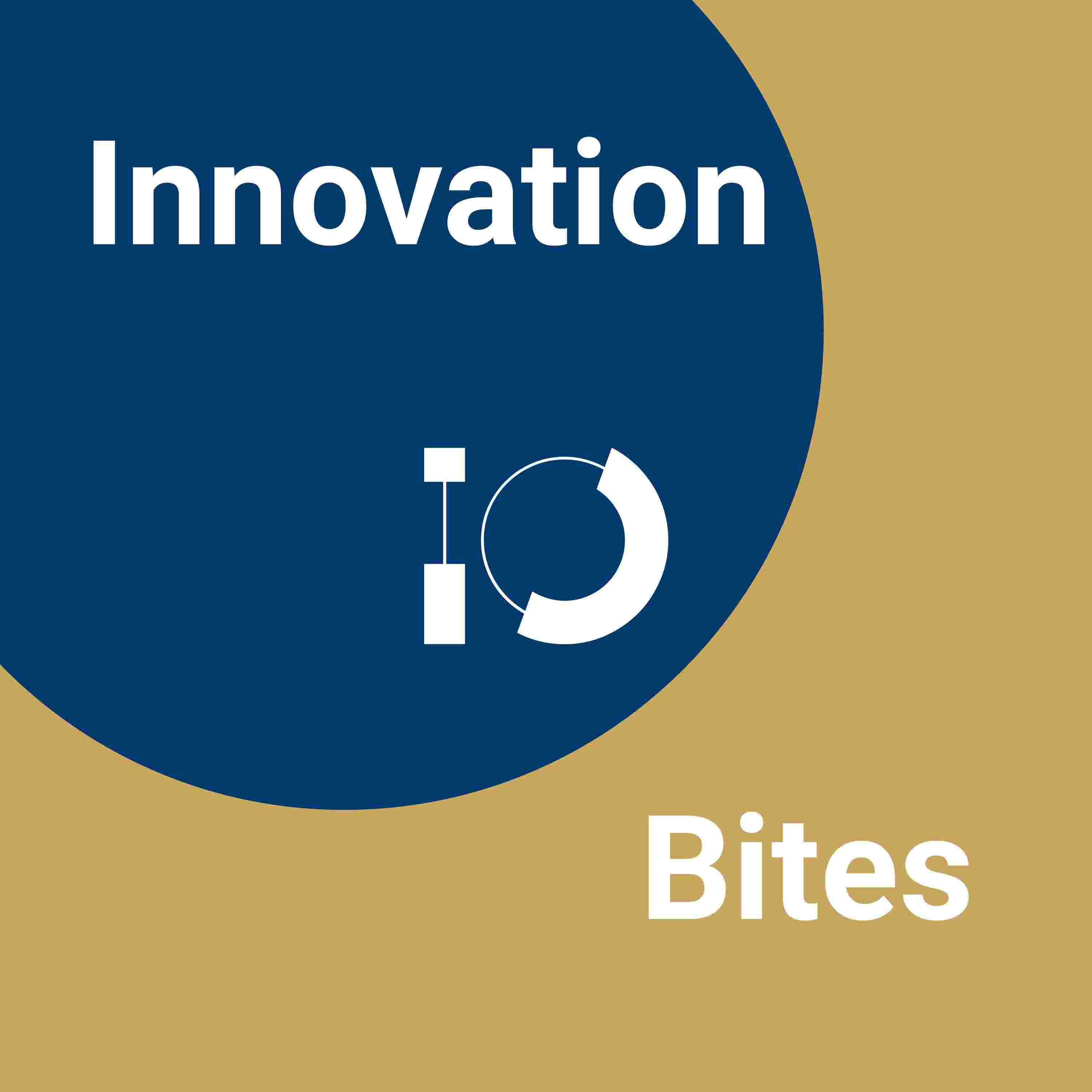

Without phosphorus, there would be no life as we know it. The mineral is present in our DNA and cell membranes and is an important building block for our bones and teeth. Besides calcium, phosphorus is the most common mineral in our body and it provides the cells with important energy. Scientists have long been trying to solve the mystery of how and where it came to Earth. A group of international astronomers has now used the new results of the Atacama Large Millimeter/Submillimeter Array (ALMA) and the ROSINA-InstrumeAstronont on board the Rosetta (Rosetta Orbiter Spectrometer for Ion and Neutral Analysis) to trace the origin of phosphorus from star-formation regions to comets.
This revealed where phosphorous-containing molecules are formed, how they get into comets, and how a particular molecule may have played a crucial role at the beginning of life on our planet: phosphorous monoxide. “Life appeared on Earth about four billion years ago, but we still don’t know what processes produced it,” says Dr. Víctor Rivilla, a researcher at the Arcetri Astrophysical Observatory of INAF, Italy’s National Institute of Astrophysics.